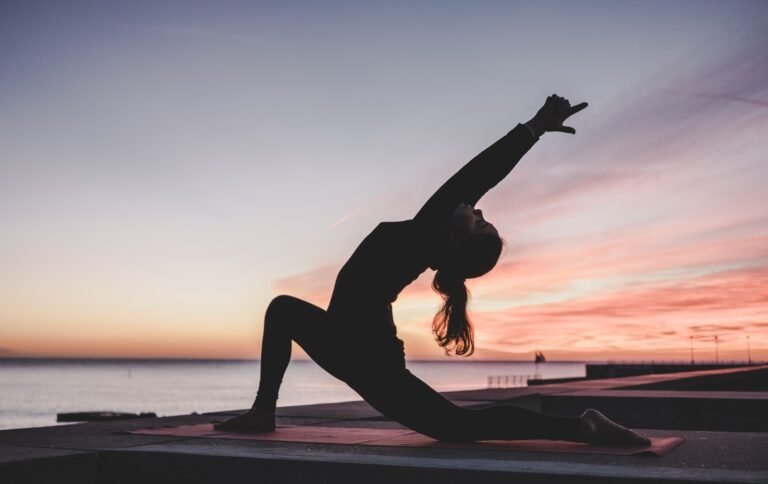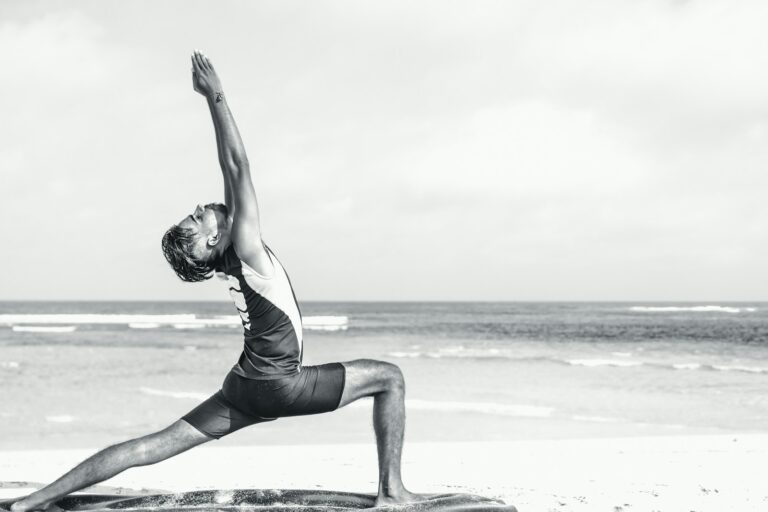13 Most Powerful Meditation Techniques
If you imagine someone meditating, you would more likely think of some guru seated cross-legged with their hands on the side and saying “om” over a mountain view. You wouldn’t be wrong, it is a form, a meditation, but meditation can be practiced almost anywhere, at any time. There are different types of meditation practices for anyone. From your typical Guided Meditation to a more spiritual or transcendent type, there is every kind for you to discover.
From sitting down to walking or even running, it can be all around you. Meditation is a state of mind to achieve, not the perfect position for your body or the sounds you make.
Over the last few years, multiple companies have promoted the benefits of meditation and created ways to practice daily, even by just using your phone. This has changed how meditation is done and promoted.
Below you can find the most common types of meditation practices, their benefits and what to expect. I am hopeful this will help you start your journey like it helped me, you don’t have to spend a lot of time, a little bit every day makes a world of difference.

Misconceptions about Meditation practices
Same as every practice, hobby or sport you can start, there always will be some crazy things that are spread around it. Some of them can be true, but I believe you should make your own decisions and create your path. What works for one person, might not work for another, and that’s okay.
It takes years to practice meditation and become good at it
Like anything you will start in life, it does take time to develop your skills. Furthermore, some days will be harder than others. The benefits of meditation will be there from the start, but no, you will not be an expert from day one.
It takes too much time
Although this might be true, yes it could. You could be practicing for 8 hours a day if you wanted to, but 5 minutes per day would also be enough to start your practice and see the benefits.
It’s for “Hippies”
While we all have this image in our heads from movies showing this kind of crazy-looking person, that is promoting some spiritual world. There are also different personalities and their views might be different from yours. That’s what creates the world we live in, but there will also be that person you would never expect to practice meditation. However, they might just not be as vocal about it.
For example, my meditation coach is not what I would expect from a meditation guide. He kind of looks like the salesman at a mattress store, and I love it!
The difference between Guided vs Non-Guided Meditation
To provide clarification, guided meditation will involve a coach or a guide who will provide you with instructions and help create the experience for you. At the same time, they will bring you to the state of mind needed for the practice and offer advice. You have nothing else to do.
On the other hand, non-guided meditation is what is sounds like, you will provide your own experience and guide yourself through the meditation. For example, this can be achieved by visualization or by looking at different images.
With this in mind, I would recommend for a beginner, to start with guided meditation. It is easier to focus when you have a coach to help you.
If you are interested in easy guided meditation, I would recommend Headspace. Their platform is amazing and offers a lot of different functions to help you.
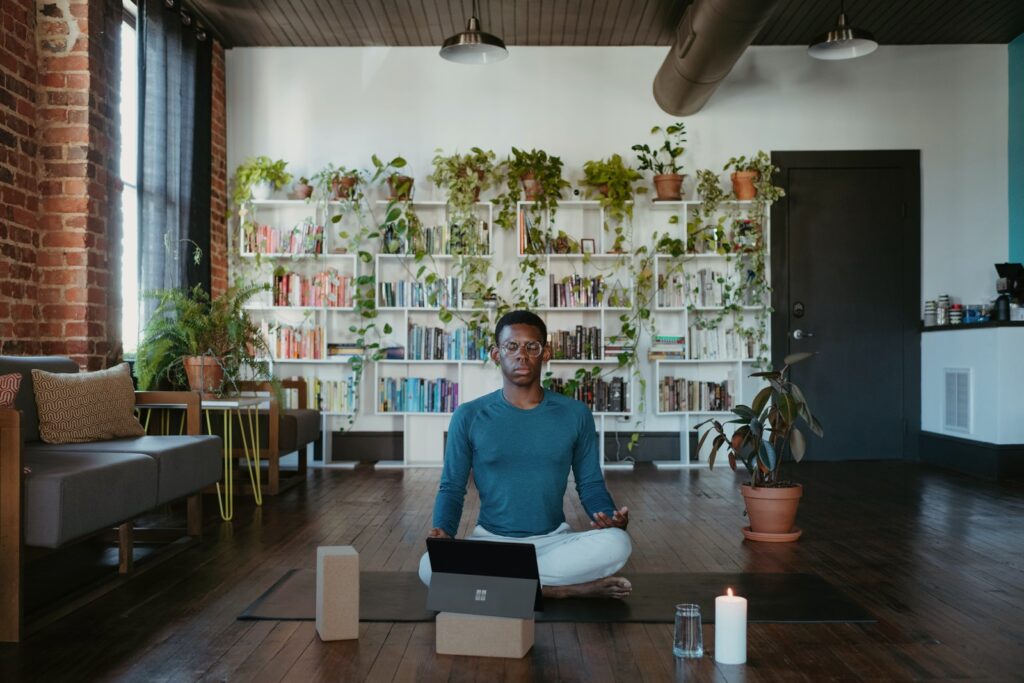
Types of Meditation Practices
1- Zen Meditation or Zazen Meditation
Originating from the Buddhism of China and Japan, zen meditation is one of the simpler versions to learn. Contrary to other types of meditation, it is about mindfulness, letting go of judgment and accepting what’s there.
In other words, by accepting what is in your head, the images, the thoughts, and the emotions, you can start to reinforce the feeling of being present and in the moment.
For one thing, you will learn to not get involved with every single thought and learn not to engage with everything that occurs in your head and just observe. No emotion or judgement and learn to be who you are.
Benefits
- Increase spirituality
- Increase growth
- Reduce unwanted thoughts and feeling
2- Mantra Meditation / Transcendental
To begin your practice, you would either write down on a piece of paper a word or a series of sentences. During a guided meditation, the guide might offer the words or sentences that will be used. These words will be repeated at various times during the session.
As a result, this will be used to improve a part of your life you want to have more knowledge about and this will help you to move forward.
Benefits
- Improved mood and well-being
- Reduced anxiety
- Reduce fatigue
- Improved visuospatial and verbal memory
3- QiGong Meditation
Pronounced “cheee gong,” QiGong meditation comes from the Republic of China. It combines meditation, breathing and movement. Unlike Tai Chi, QiGong is used in specific situations compared to a series of movements. I have attached below a video if you would like to try a beginner’s class.
Benefits
- Increased Balance
- Reduce Stress & Anxiety
- Reduce risk of type 2 diabetes and heart disease
- Improve Focus
If you would like to try, see the video for beginners.
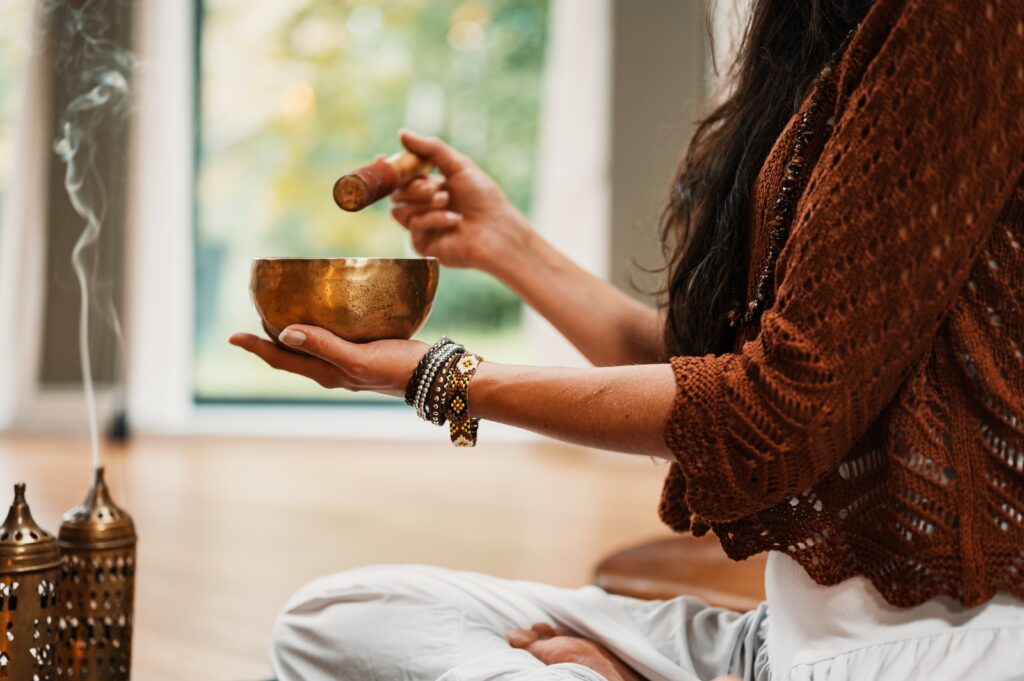
4- Mandala Meditation
Mandala Meditation is highly present in Hinduism and Buddhism.
In addition, mandalas are sacred symbols that are used for meditation, prayer, healing, and art therapy for both adults and children. The practice will vary between 1 to 2 hours at a time.
The Sanskrit name for Mandala means circle. In this practice, the idea is to draw your attention to the center of the Mandala. Uniquely, your eyes will remain open and you will focus on the colours and patterns of the drawing in front of you. By doing so, you will be able to bring your attention to your practice and reduce your thoughts.
Benefits
- Boost the immune system
- Reduce stress and pain
- Lower blood pressure
- Promote sleep
- Ease depression
5- Mindfulness / Walking Meditation
To start, let’s talk about why you would even meditate. Meditation is used to create a sense of calm, peace and balance for your overall health. It will help you remain calm and manage different thoughts and symptoms throughout your day.
By bringing your focus elsewhere, on a walking meditation, you will start to feel a sense of calm. With this in mind, you will start by observing your environment, and listening to the different noises and smells. You will shift your thoughts to your surrounding environment and become present in the moment.
You can practice walking meditation by following your breath. Similarly to other meditations, the principle remains the same. You will focus on your inhale and exhale and experience the flow of your breath in your body.
Furthermore, you can also bring your attention to your walk itself, focusing on every step you take and moving your attention to the ground beneath you, the muscles you use, and the feeling you get for every step.

6 – Yoga Meditation
During a yoga practice, meditation should be used at the beginning and the end. In the beginning, it will be used to calm down your brain, ensuring you will be present for the training ahead and it gives a chance to the student to slow down and become present.
At the end of your class, from the yoga philosophy, it is said that after doing your physical practice, you would do your breathing practice and then this would follow a complete meditation. I haven’t seen this apply to too many classes, more towards avid practitioners.
To put it differently, in a regular yoga class, Savasana or corpse pose is used to allow your body and mind to relax after your physical practice and allow you time to breathe before the world starts to move around you.
7- Breath Awareness
In general, this is one of the first models you will encounter when you start practicing meditation. Breath awareness is recommended for beginners by focusing on your inhale and exhale and following your breath throughout your body.
This type of meditation can include various breathing patterns that will help reduce your fight or flight response. Allowing your brain to calm down and reduce anxiety.
Benefits
- Reduce stress
- Lower blood pressure and heart rate
- Reduce depression
- Reduce anxiety
8- Metta Meditation / Love and Kindness
First thing to remember, when practicing Metta Meditation, you start by sending love and kindness to the world around you, to your friends and family. By feeling the love in your own heart, you will feel it grow and it will take over your own body.
This type of meditation practice is very powerful. You will learn about compassion and how to send love to everyone, even people you don’t particularly like. By sending love and compassion to others, you will start accepting love and compassion for yourself.
With this in mind, you will become the best version of yourself.
Benefits
- Reducing anger
- Reducing stress & anxiety
- Reducing internal and interpersonal conflict

9- Body Scan
Some types of meditation practices are more popular than others. For example, body scans are very common in most guided meditations and apps. The guide will walk you through your entire body from head to toe, focusing on each body part and helping you to notice them without connecting to them.
If I ask you to feel your toes without moving them, does this make sense to you? It doesn’t have to be, but this meditation would help with that.
Benefits
- Reduce stress
- Reduce feelings of being overwhelmed
- Reduce & control pain
10- Progressive Relaxation
Similar to the body scan, you will move from head to toe but the difference is, you will be tensing all your muscles and relaxing them one at a time. This gives the message to your body and brain to relax and let go of your tension. This will reduce muscle tightness, especially after a hard workout or a long day at work.
Benefits
- Focus on attention and pain release
- Stress & Anxiety
- Reduce muscle tightness
- Overwhelming feeling
- Promotes sleep
Caution
Do not use it for muscle pain or muscle spasms
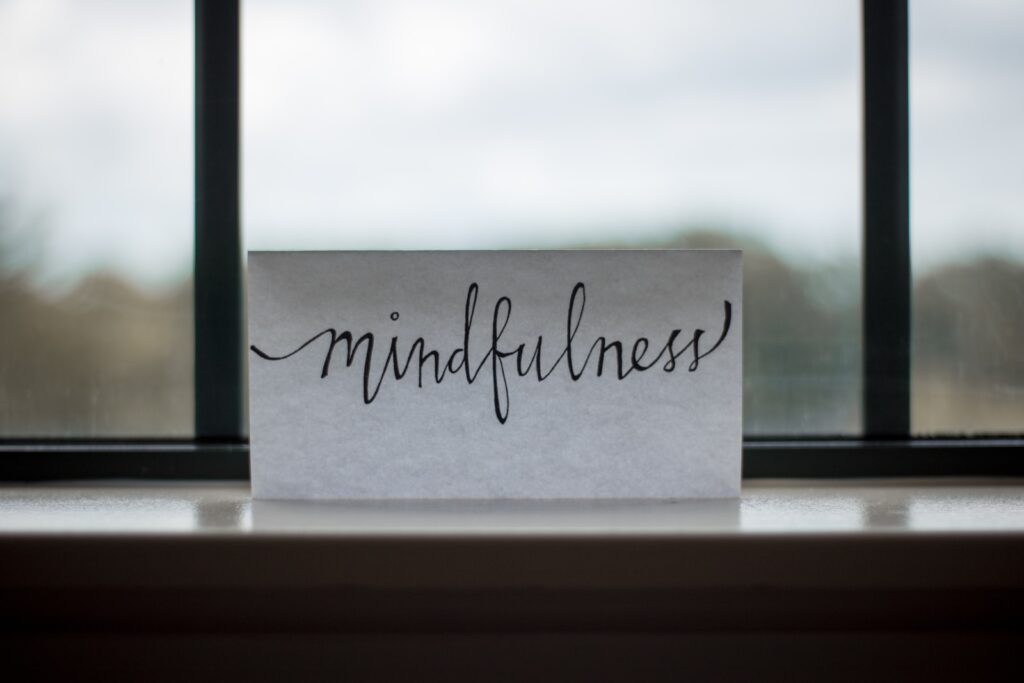
11 – Truth & Answers
In the hope that you want to make a better decision for yourself. If you are on the edge of making an important choice, maybe something you have a conflict with or you are not sure how to go about it. Truth & Answer Meditation can be the perfect place to start. When the fear kicks in, mix it with your beliefs, you might just be looking for some answers.
To start, you would think of a question that you would like to answer. Your guide will walk you through your thoughts, behaviours and beliefs. In the end, you will have clarity on what is stopping you from making the best decision for yourself and have a better understanding of where it comes from.
With this in mind, by replacing your fear with love, you can start making better choices for yourself and changing your perspective by connecting your brain to your heart.
12 – Transformational Meditation
The following types of meditation practices will be separated into four sections. For example, this can be used when you have a situation in your life that stops you from getting what you want or is holding you back.
Transforming Beliefs
The first part will be about your beliefs. By implementing a belief meditation into your daily life, your brain will start to change and how you think will start to evolve. You can improve your life when you better understand where your beliefs are coming from and what effects they have on you.
Transforming Value
The second part will be about your values. How they control your experiences, what you see, taste or hear. Also, they represent the attention you are putting into a situation, the importance and the worth. In other words, what does it mean to you?
Transforming emotions
The third session will be about emotions. How they are involved in all situations in your life. When you start changing your beliefs and values, your emotions shift to what is really important to you.
Instead of coming into a situation angry, upset, sad or anxious, you start to shift your mindset and how you react to others. You start to become the person you want to be. You start attracting different people into your life by showing up differently.
Transforming Behaviors
The fourth session will be about your behaviours and the way you are conducting yourself in any given situation. Maybe you were told as a child to act a certain way, but now you are an adult and this gives you anxiety. Especially, when you keep acting the same way over and over again. You can change your behaviours and find which ones don’t align with you anymore. It’s never too late.
This type of meditation is similar to holistic health and could be implemented with it. If you would like more information, you can find your holistic beginner’s guide here.

13 – Spiritual Meditation
Spiritual meditation focuses on developing a deeper understanding of spiritual/religious meaning and connection with a higher power.
Unlike other forms of meditation, spiritual meditation is about more than stress reduction or relaxation.
Benefits
- a more balanced sense of being
- inner stillness and peace
- less reactivity
- a sense of inner bliss that isn’t dependent on outer circumstances
Frequently Asked Questions
Conclusion
In essence, there are a lot of variations when it comes to types of meditation practices. For the most part, they all have a common goal to help you be mindful and learn to live in the present moment.
Some will focus on your thoughts, some will focus on your breathing, but overall most will be able to reduce your stress and anxiety. When you learn to show up differently, you start seeing different results.




